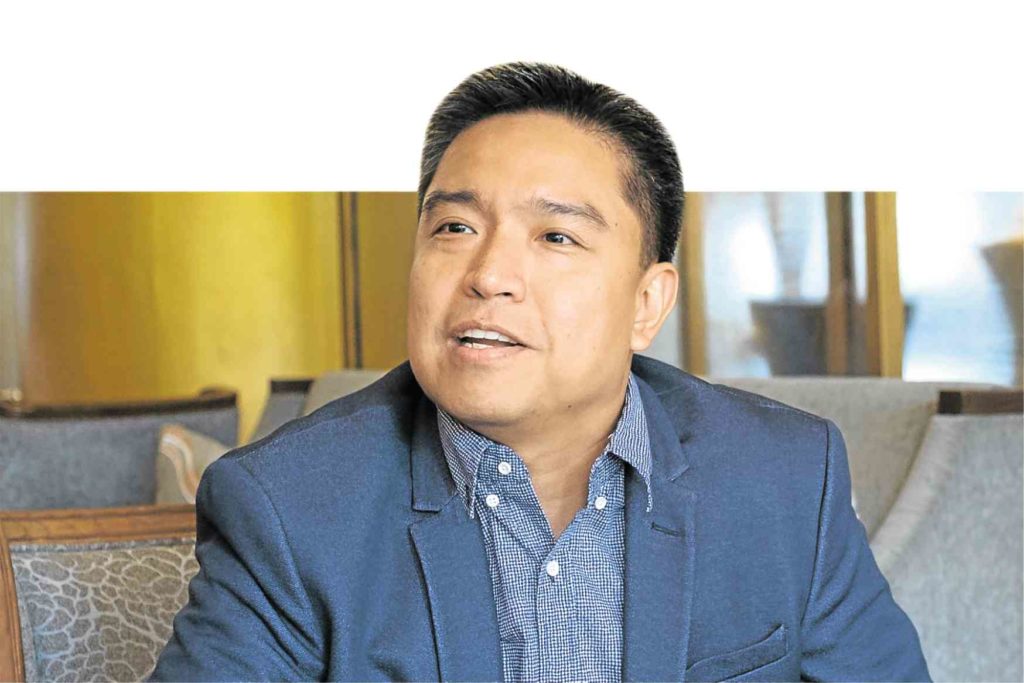J&J levels up leave benefits
As part of its commitment to be an employer of choice, Johnson & Johnson recently rolled out enhanced maternity and paternity leave packages for its employees to allow them to maximize their time not just with their newborn babies, but even with their newly adopted children as well.
Under the all-encompassing term “parental leave,” mothers working in J&J Philippines can now enjoy a paid leave of 14 weeks, or 98 days, to spend time with their newborn, adding a significant number to the statutory 60 days for those who underwent normal delivery, and 78 for those recovering from caesarean delivery.
“We would like to allow mothers a minimum recovery period of about six weeks and then bonding time of eight weeks with their newborn,” explains Sean Zantua, J&J Philippines human resources and corporate contributions director.
Of course, J&J hasn’t forgotten its fathers: The company’s expanded paternity benefit now allows them, from the statutory seven working days, eight weeks to spend time helping in their spouse’s recovery while also bonding with their newborn child.
The same goes for couples who would like to adopt—they are given eight weeks, once adoption documents have been completed, to spend full-time to get to know their new addition to the family.
Article continues after this advertisement“We’re quite proud of the expanded adoption and paternity leaves because, while we’ve heard other companies which expanded their maternity benefits, these two differentiate us. We really want to position J&J as an employer of choice. We want to be recognized as the leader when it comes to offering family-friendly benefits, and setting the standard for these kinds of benefits, particularly for working parents,” Zantua says.
Article continues after this advertisementThe company’s new parental leave policy, which will be rolled out in 2018 across its offices globally, is a direct result of feedback it received from last year’s Global Benefits Survey.
“We saw there was an opportunity and clamor among our employees to address this particular area. We [also] got to do our benchmarking with comparator companies in the industry, and we saw opportunities for enhancement,” Zantua says. “It has created a lot of excitement among expecting mothers and would-be mothers. For the dads, it’s about wanting more time to help out with their spouses, and be there for the whole process,” he added. “J&J would also like to promote that heritage of caring. We have been known largely as a mother-baby company, and we’ve been advocating for the care of babies, but we believe that it’s not just the role of the mothers, but the fathers as well.”
Another aspect of the company’s parental leave which makes it stand out is that the adoption leave has been made available to same-sex couples, as long as they can present documents legally affirming their union—which perfectly aligns with the company’s advocacy of promoting diversity and inclusion in the workplace.
“We see the power in diversity,” Zantua says, “In our leadership teams, around 50 to 60 percent of are female.”
But what of concerns regarding the effect of this policy on the company’s costs?
Zantua assures stakeholders that the long-term benefits for the company far outweigh the short-term implications.
“We know that this will result in stronger retention of employees, lower attrition, higher productivity in the long run,” he says. “In the case of J&J, we want to be at the forefront of setting that agenda and be a role model for other companies who want to do the same thing. In fact, we should have done this way earlier.”
